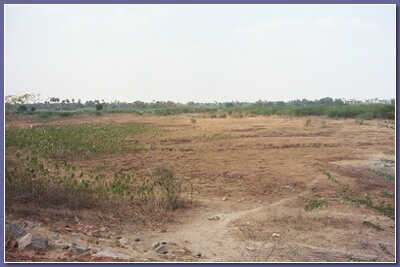General information index. Also see current hazard mitigation
Since 1999 Alexander County and Taylorsville, as well as the majority of North Carolina cities, towns and counties have faced a moderate to severe drought.
Drought has several meanings, as outlined in
the general information index.
Generally, drought reduces the
amount of water available for agriculture, municipalities, industry,
commerce, tourism, fire suppression, and wildlife. Reduction of electrical
power generation and water quality deterioration is likely.
Water shortages in some communities have had dramatic effects on local budgets, revenues, and citizens. Near panic situations among some members of the public, have caused elected officials to spend considerable revenue to assist the public.
As drought continued in North Carolina into
the summer of 2002, it led to a declaration of disaster for agriculture
drought. This led to funding becoming available for many farmers in the form
of Small Business Administration low interest loans.

